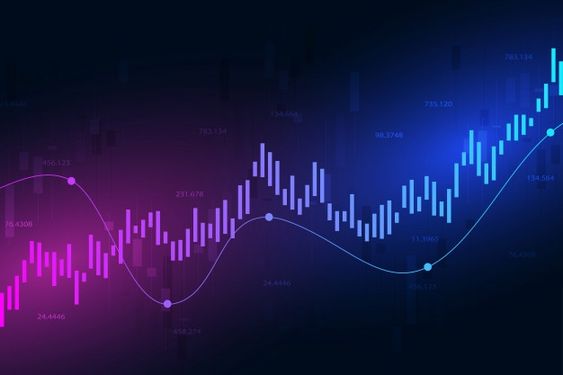Economic indicators are crucial pieces of data that are released to provide insight into a country’s economic performance. They’re known as macroeconomic indicators because they display data on a wide scale.
Macroeconomic indicators are used to assess present and future trends, whether for investment or to assess an economy’s health. The majority of economic indicators are government or non-profit organization data releases.
What is the economic indicator’s purpose?
Economic indicators serve primarily to provide insight into the state of an economy. Economic indicators in forex trading provide information to investors, traders, and analysts that can help them find fresh possibilities and alter their portfolios.
Economic indicator announcements are extensively followed; thus, markets can swing drastically as traders and investors modify their positions in response to each release. As a result, economic indicators will be included in most basic analyses.
Traders and investors will construct their trading strategies based on analyst projections for impending data releases. There may be further volatility if the actual statistics deviate significantly from forecasts, as everyone scrambles to adjust.
Because most economic indicators are created by or for policymakers, they can affect future decisions and, as a result, impact the path of political strategies.
Types of economic indicators
There are three types of economic indicators:
- Leading indicators
Leading indicators are used to forecast an economy’s future movements and tendencies. These data move faster than the economy, which can be useful for recognizing opportunities but also dangerous because they aren’t always correct.
- Coincident indicators
Economic activity produces coincident indicators. These measures are only helpful for one location or region, but they represent real-time snapshots of the economy.
- Lagging indicators
Lagging statistics are issued after economic activity and trail the economy. These aren’t always beneficial for detecting trading opportunities, but they do provide important information about an economy’s health.
Macroeconomic Indicators:-
Traders and analysts can benefit from a variety of data releases, the most important of which are:
Gross domestic product (GDP)
The market value of all products and services generated inside a country during a certain period is known as the gross domestic product (GDP). Although GDP is a lagging indicator, it is one of the most often used indicators of economic health.
GDP rates are commonly expressed about the preceding quarter or year to demonstrate how much a country’s economy is growing — rising GDP rates indicate that the economy is expanding while falling GDP rates indicate that the economy is contracting. For example, if a country’s GDP increased by 2% in 2020, it means that its economy grew by 2% since the previous assessment in 2019.
In most releases, there are two GDP figures: nominal and real. The standard figure for evaluating the worth of goods and services at current market prices is nominal GDP. This final amount is adjusted for price changes over time to produce real GDP.
Stocks and indexes commonly react to changes in GDP because an increase or reduction in GDP indicates how much money businesses have made during the period. A lot will hinge on how the actual numbers compare to analysts’ predictions.
Interest rates
Interest rates are the percentages levied on loans or paid to account holders. The central bank of a country sets the interest rate, which is ultimately passed on to commercial banks and consumers. Interest rates are lowered to foster growth while being raised to combat inflation.
Because of the impact, interest rates may have on currency values, they are one of the most powerful elements in FX markets. Higher interest rates imply a thriving economy, which encourages investors to buy the currency, causing its value to rise. Rising interest rates represent a higher rate of return on bank savings, which may encourage consumers to save rather than invest in higher-risk assets.
Currency markets
National currencies serve as a barometer for a country’s economy, with their value reflecting how much buyers and sellers believe it is worth.
A healthy economy will promote investment, and purchasers will be prepared to pay more for the currency, giving the economy a boost. When a country’s currency is strong, its purchasing power increases, allowing it to import goods at lower prices and sell them at greater ones worldwide.
Stock markets
The stock market is a public marketplace where people and institutions can buy and sell the company and exchange-traded fund shares (ETFs). Because part of an investor’s examination of stock prices considers a company’s earnings and outlook, it’s commonly assumed that the stock market’s direction can be used to forecast the economy’s path.
Unemployment and wages
Unemployment data and earnings are statistics that look at how many people are employed in a given economy and how much they are paid. The information is released a few times a year and is used to determine the level of inactivity in the workforce.
A period of recession is marked by high rates of inactivity and lower pay, whereas a period of growth is marked by low unemployment and rising wages. Traders and investors all across the world keep an eye on unemployment data because periods of high unemployment are linked to falling stock values.

